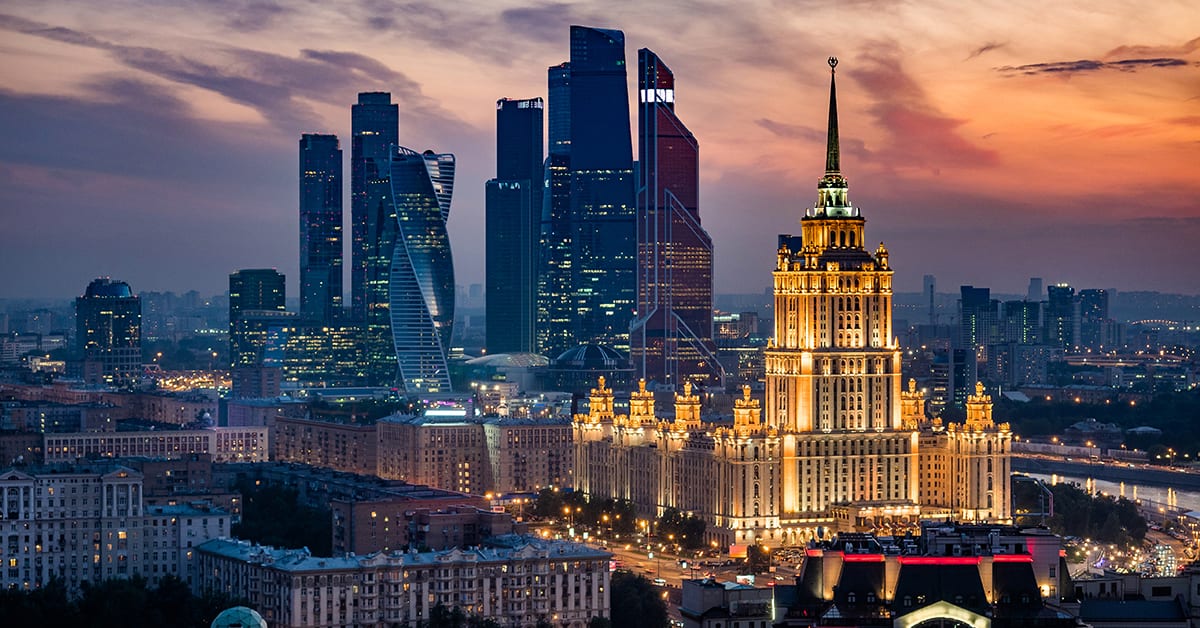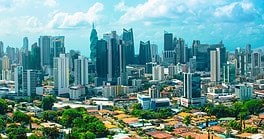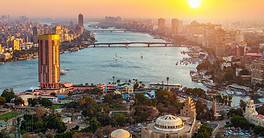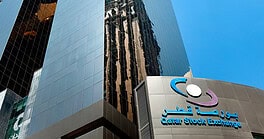Ukraine is deepening its relationship with its main trading partner, Europe.

|
UKRAINE: VITAL STATISTICS |
|---|
|
Location: Eastern Europe |
|
Neighbors: Russia, Belarus, Poland, Slovakia, Hungary, Romania |
|
Capital city: Kiev (Kyiv) |
|
Population (2020): 43.6 million |
|
Official language: Ukrainian |
|
GDP per capita (2019): US$3,659 |
|
GDP growth (2019): 3.2% |
|
Inflation (2019): 7.9% |
|
Currency: Hryvnia |
|
Investment promotion agency: UkraineInvest |
|
Investment incentives available? Tax and customs exemptions and deductions; government manager to assist with red tape and obstacles Agreement with government to pursue international arbitration for property rights violations; depreciation rates for most fixed assets |
|
Ease of Doing Business rank (2020): 64 |
|
Corruption Perceptions Index rank (2019): 126 |
|
Political risks: Oligarchs preventing reform; popularity declining for the parliament and the cabinet; relations with Russia remain tenuous |
|
Security risks: No impact to date from the crisis in Belarus; reports of political violence, repression, and religious persecution in Russian-occupied areas |
|
PROS |
|---|
|
Government has streamlined and simplified procedures |
|
CONS |
|---|
|
Risk of crime |
|
Uncleared minefields in some areas |
|
Ongoing fighting in parts of the country; continuing civilian casualties and damage to infrastructure |
|
High levels of economic, political and financial risk |
|
Sources: AM Best, Central Banking, European Commission, Government of Canada Global Travel Advisory, International Monetary Fund, Lloyds Bank, Reuters, Small Wars Journal, Transparency International, Interfax-Ukraine News Agency, US Department of State, US-Ukraine Business Council, World Bank, World Population Review |
|
For more information, check out Global Finance‘s Ukraine Economic Report data page. |
Ukraine has faced a host of crises in recent years, from revolution to war to near bankruptcy. Now comes the Covid-19 pandemic. On November 6, new cases passed 10,000 per day and the upward rate accelerated in the 13,000 range in November. That has put a dent in economic activity.
Gross domestic product will decline 4% to 5% in 2020, bouncing back to 4% growth in 2021, predicts Atlantic Council senior fellow Anders Åslund. The World Bank estimates that capital investment will decline by 15% this year compared with 2019.
Still, Ukraine and its economy have a number of features that attract outside investors. One of these is a computer services sector catering to foreign clients—worth about 3% of GDP, according to Åslund. Ukraine is also working to integrate itself into European supply chains.
The EU is Ukraine’s main partner, accounting for 40% of its trade, according to the European Commission (EC). Deepening ties have been cemented by the Association Agreement that went into force in late 2017 after a decadelong process of negotiations and ratifications. Exports to the EU reached over €19 billion ($21.3 billion) in 2019, the EC says, nearly 50% higher than in 2016.
The bulk of exports are raw materials such as iron, steel and agricultural products; as well as chemical products and machinery.
Foreign direct investment inflows have increased in recent years, rising from $3.9 billion in 2017 to $5.8 billion in 2019. According to Lloyds, in addition to mining and power generation, investments are primarily in finance, ICT and real estate.
Ukraine’s largest investors are based in Cyprus, the Netherlands, the UK, Germany and Switzerland. A few hundred American companies are doing business in Ukraine, some of which have had a presence there for more than 20 years.
The government continues to negotiate deeper integration with the EU. In early November, the fate of a scheduled $5 billion loan from the International Monetary Fund was unclear, due to reservations about the independence of the National Bank of Ukraine and the National Anti-Corruption Bureau. This marks intensification of a fierce political dispute around the bank and its reforms.
The conflict between Russia and Ukraine over Russia’s takeover of the Crimean Peninsula and a large part of the Donbass region remains unresolved, carrying far-reaching implications for US companies, at least.
To resolve the conflict, says Dominik Istrate, a Budapest-based independent analyst specializing in Central and Eastern Europe, Ukraine needs the full backing of its European allies; but that is not forthcoming. France, together with Germany and several other European countries, supports Russia’s Nord Stream 2 pipeline, which will bypass Ukraine to deliver gas directly to Western Europe.
The political situation, too, is unstable, says Istrate. President Volodymyr Zelenskiy, whose prior political experience included playing a president on a TV comedy, was elected in 2019 on a promise to end the war and end corruption. He has delivered on neither promise.
“Zelenskiy has not managed to move the conflict resolution forward,” comments Istrate, adding that pressure from Russian and Ukrainian oligarchs has prevented the administration from making serious headway against corruption.



